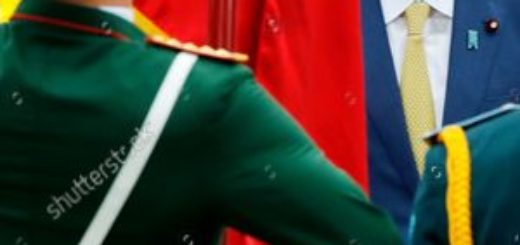AGAINST THE ICE: How Tecnam enginered a breakthrough for FAA validation

Did you know that?!
Secrets, Surprises, and Soaring Facts from Inside the TECNAM world
When the P2012 Traveller was finally certified byt the Euoropena authoritu EASA, the challenge was to grant the FAA validation of the United States, as our lauch customer was the big regional airline Cape Air, based in Boston. The journey was not easy at all, and a small team of 3 to 4 people had to travel more than once in the USA to support the customer and the FAA as they unexpectedly reviewed and evaluated almost every EASA certification document in preparation of the required “evaluation flight test”.
It finally happened, but eventually the most dangerous event risked to freeze (literally!) the validation of the aircraft capability to fly into known icing conditions: the pitot probe was not approved, or qualified, to the very latest TSO and SAE specifications, being such specifications published only few years before. While EASA accepted that Tecnam could have used probes which are still today approved for many airplanes, including all turboprops, FAA refused to do so and we started an extremely frustrating “search for the product”, to discover that no one ever developed and TSO approved a suitable unit compliant with the very latest standard for needed class and category. One (US) company offered to develop and sell the units, asking for 6 months, Hundreds thousands USD for Non-Recurring Costs and extremely expensive recurring costs for each probe. As the rush for delivering increased the internal pressure, Tecnam Board was ready and willing to invest both NRC and RC, but the 6 months projection was a non-shrinkable threshold. Not even the financial impact, rather the timeline was therefore the hint of one of Tecnam R&D greatest l success: it was July, 2019, and the team started the design from scratch of a pitot probe, defining all possible methods to qualify it and to have it approved as part of the aircraft equipment. The FAA feedback to the Tecnam head of R&D was discouraging:
“Fabio, only one aircraft manufacturer attempted to produce pitot probes, and it was when the qualification protocols were not stringent as they are now. They failed to achieve the milestone… It will be not easy.”
 Three months later, several icing wind tunnel sessions (both in New York as well as in the close-by CIRA, expensive but capable of simulating the Supercooled Liquid Droplets), the first pitot probe manufactured by an airframer and approved to fly into known icing conditions, had been accepted by the FAA (with compliments!) and cleared the P2012 aircraft USA validation. At the end of the day, “bills-in-hand”, Tecnam also saved 75% of NRC and we save(d) 89% of recurring costs. Still today, looking at the “sub-assemblies” assembly lines and batches of pitot probe (now used on all Tecnam planes), we feel proud of the initiative taken.
Three months later, several icing wind tunnel sessions (both in New York as well as in the close-by CIRA, expensive but capable of simulating the Supercooled Liquid Droplets), the first pitot probe manufactured by an airframer and approved to fly into known icing conditions, had been accepted by the FAA (with compliments!) and cleared the P2012 aircraft USA validation. At the end of the day, “bills-in-hand”, Tecnam also saved 75% of NRC and we save(d) 89% of recurring costs. Still today, looking at the “sub-assemblies” assembly lines and batches of pitot probe (now used on all Tecnam planes), we feel proud of the initiative taken.
FABIO RUSSO
CHIEF PROJECT R&D AND PRODUCT DEVELOPMENT
Per approfondimenti consulta la fonte
Go to Source





